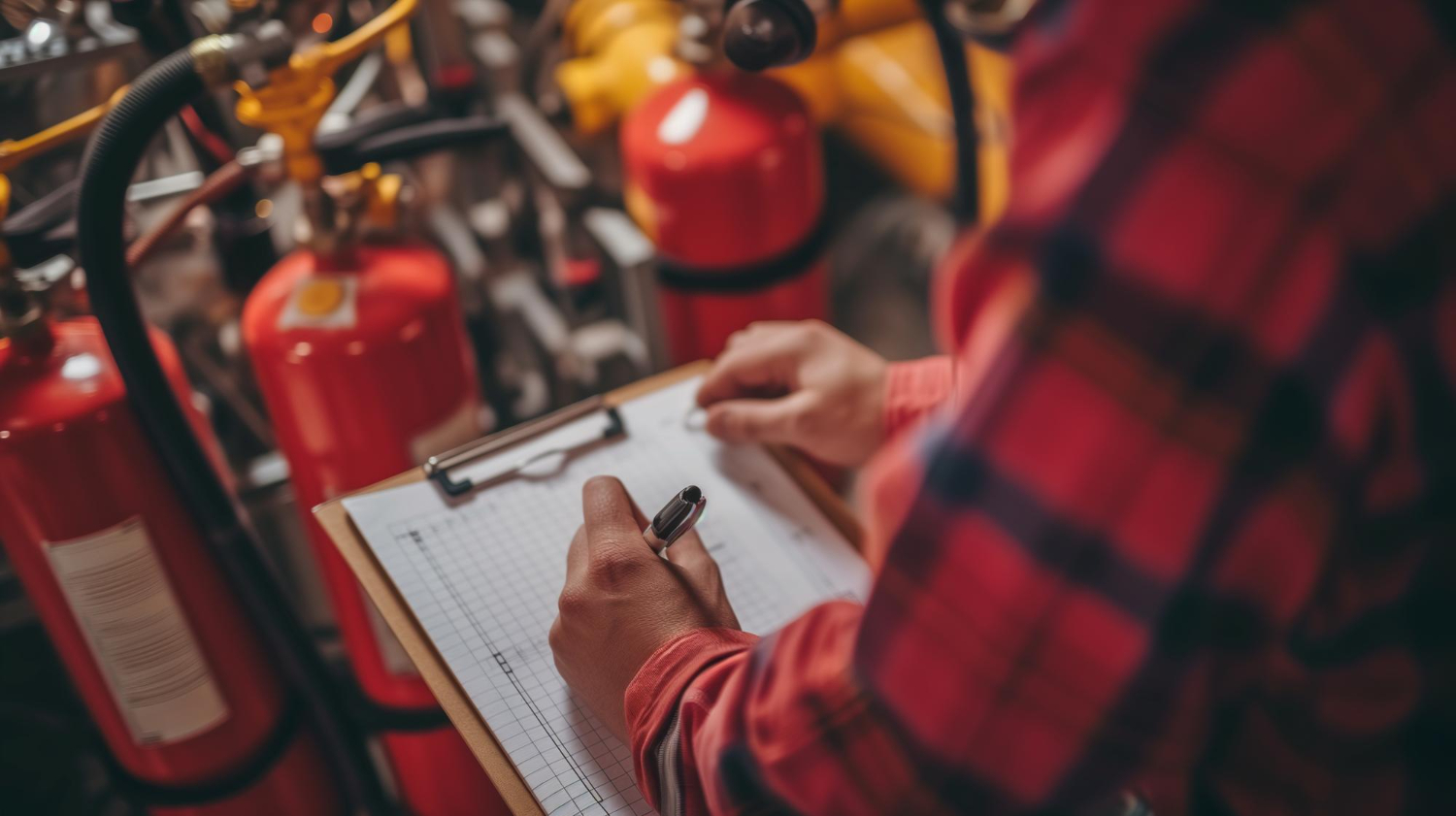
Workplace fire safety training has evolved dramatically. Organizations now embrace digital fire training solutions that eliminate environmental hazards, reduce costs, and deliver more effective emergency preparedness programs than traditional methods.
The Challenge of Traditional Fire Safety Training
Safety professionals have long struggled with a persistent problem: how to adequately prepare employees for fire emergencies without creating additional risks. Traditional live burn training presents multiple challenges that make it increasingly impractical for modern workplaces.
Live fire demonstrations consume substantial budgets, produce harmful emissions, and often violate local environmental regulations. Additionally, these exercises require specialized facilities, extensive cleanup, and replacement of discharged fire extinguishers. Despite these investments, many employees still feel unprepared when facing actual emergencies.
Classroom lectures alone cannot bridge this confidence gap. Workers need hands-on experience that builds muscle memory and instinctive responses during critical moments.
Digital Fire Training: The Modern Solution
Digital fire training technology addresses these challenges through innovative simulation systems. LION Safety Solutions experts Khalil Searcy and David Sardynski recently explained how this technology transforms workplace safety programs during an OH&S webinar titled “Safer Workplaces Begin with Digital Fire.”
“We want it to be as close to the real thing as possible,” Sardynski explains. “But how to train in a clean, safe, and repeatable manner. You want to build that muscle memory. You want to teach your employees or your trainees how to react in an emergency situation that you hope never happens.”
On-Site Training Capabilities
Digital fire training systems bring emergency scenarios directly to facility floors. This location-based approach represents a significant advantage over traditional methods that require off-site training facilities or parking lot demonstrations.
“It’s one thing to go out into a parking lot and say there’s a burning pan,” Searcy notes. “But imagine being able to have a digital panel in a spot where maybe fires would more so frequently occur. Imagine being able to train in that scenario, immersing yourself in that panic a little bit, and recognizing what to do in that situation.”
This contextual training helps employees learn site-specific emergency exits, alarm locations, and response procedures within their actual work environment.
Environmental and Operational Advantages
Traditional fire training methods carry substantial environmental costs. Burning diesel or kerosene in parking lots releases harmful chemicals into the atmosphere, creating pollution that affects surrounding areas.
Digital fire simulation eliminates these environmental concerns entirely. Systems utilize sensors, LED flames, and virtual reality technology to create realistic fire scenarios without producing smoke, heat, or chemical waste.
“Going out into a parking lot, filling up a pan with diesel or kerosene and burning that… it’s bad for the environment,” Searcy emphasizes. “That chem flies around anywhere and it’s very damaging.”
Comprehensive Fire Class Training
Digital platforms enable training across multiple fire classifications—Class A, Class B, and Class C fires—without the expense and cleanup associated with live burns. Employees gain hands-on experience with various extinguisher types in a controlled, repeatable environment.
Building Confidence Through Repetition
The repeatability of digital fire training proves invaluable for skill development. Unlike live burns that require extensive setup and resources for each session, digital systems allow unlimited practice sessions. Employees can repeat scenarios until they master proper techniques and develop automatic responses.
This repetition builds the muscle memory that Sardynski emphasizes as crucial for emergency situations. When actual fires occur, trained employees respond instinctively rather than freezing or making critical errors.
Cost-Effective Safety Programs
Organizations implementing digital fire training realize significant cost savings. The elimination of fuel purchases, extinguisher replacements, cleanup expenses, and facility rentals creates immediate budget relief. More importantly, these systems deliver superior training outcomes that justify the initial technology investment.
The Future of Workplace Fire Safety
Digital fire training represents more than a technological upgrade—it embodies a fundamental shift in how organizations approach emergency preparedness. By combining environmental responsibility, cost efficiency, and enhanced learning outcomes, these solutions address the complete spectrum of workplace fire safety challenges.
Safety professionals can now provide employees with realistic, engaging training experiences that build genuine confidence and competence. As regulations tighten and environmental concerns intensify, digital fire training solutions position forward-thinking organizations at the forefront of workplace safety innovation.
The technology makes fire safety training accessible, repeatable, and effective while protecting both employees and the environment. For organizations serious about emergency preparedness, digital fire training offers an undeniable competitive advantage.
Cover the latest EHS news updates with a single click. Follow DistilINFO EHS and stay ahead with updates. Join our community today!


Leave a Reply